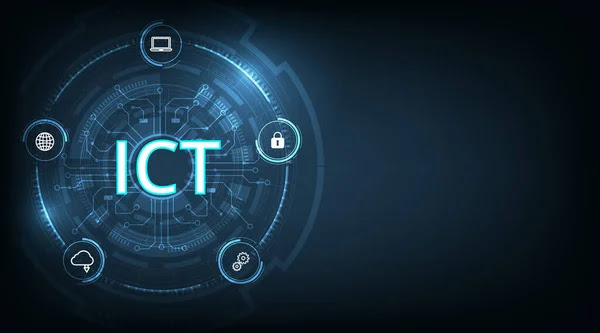In today’s digital age, media consumption has undergone a significant transformation, leading to the rise of various digital media channels. One common question that arises is whether TV qualifies as digital media. In this article, we will delve into the concept of digital media, explore different types of digital media channels, and determine whether TV falls into this category.
Defining Digital Media
Digital media refers to content and communication channels that are transmitted and accessed through digital devices. It encompasses various forms of online content, including text, images, videos, and audio. Digital media channels provide opportunities for businesses to reach their target audience and promote their products or services through digital platforms.
Types of Digital Media Channels
Websites and Blogs
Websites and blogs are among the most common types of digital media channels. They allow individuals and businesses to create online platforms where they can showcase their products or services, share valuable information through blog posts, and engage with their target audience.
Social Media Platforms
Social media platforms like Facebook, Instagram, Twitter, and LinkedIn have become powerful digital media channels. They enable businesses to connect with their audience, share content, run paid advertisements, and build a community of followers. Social media platforms provide opportunities for engagement, influencer marketing, and promoting products or services.
Online Video Platforms
Platforms such as YouTube, Vimeo, and TikTok have gained immense popularity as digital media channels for video content. Users can upload, share, and watch videos on these platforms, making them effective channels for marketing campaigns, tutorials, and entertainment.
Podcasts
Podcasts have witnessed a significant surge in popularity in recent years. They are audio-based digital media channels that allow individuals and businesses to share information, tell stories, and connect with their audience through spoken content. Podcasts can be accessed through various platforms and provide a convenient way for users to consume content on-the-go.
Mobile Applications
Mobile applications, commonly known as apps, have become an integral part of digital media channels. They offer a wide range of functionalities, including delivering personalized content, facilitating transactions, and engaging users with interactive features. Mobile apps provide businesses with opportunities to enhance user experience and establish a direct connection with their target audience.
Is TV Digital Media?
While TV is a widely used media channel, it is not typically considered a digital media channel. Traditional TV broadcasting relies on analog signals and is transmitted through terrestrial, cable, or satellite networks. However, with advancements in technology, the lines between traditional TV and digital media are blurring. Many television networks and providers have introduced digital streaming services and platforms, offering on-demand content and internet-based TV channels. These digital streaming services can be considered as a form of digital media within the TV industry.
Conclusion
Digital media channels have revolutionized the way content is consumed and shared in the digital age. Websites, social media platforms, online video platforms, podcasts, and mobile applications are among the prominent types of digital media channels. While TV is primarily considered a traditional media channel, the advent of digital streaming services has introduced elements of digital media into the TV industry. By leveraging various types of digital media channels, businesses can engage with their target audience, promote their products or services, and adapt to the evolving media landscape.

